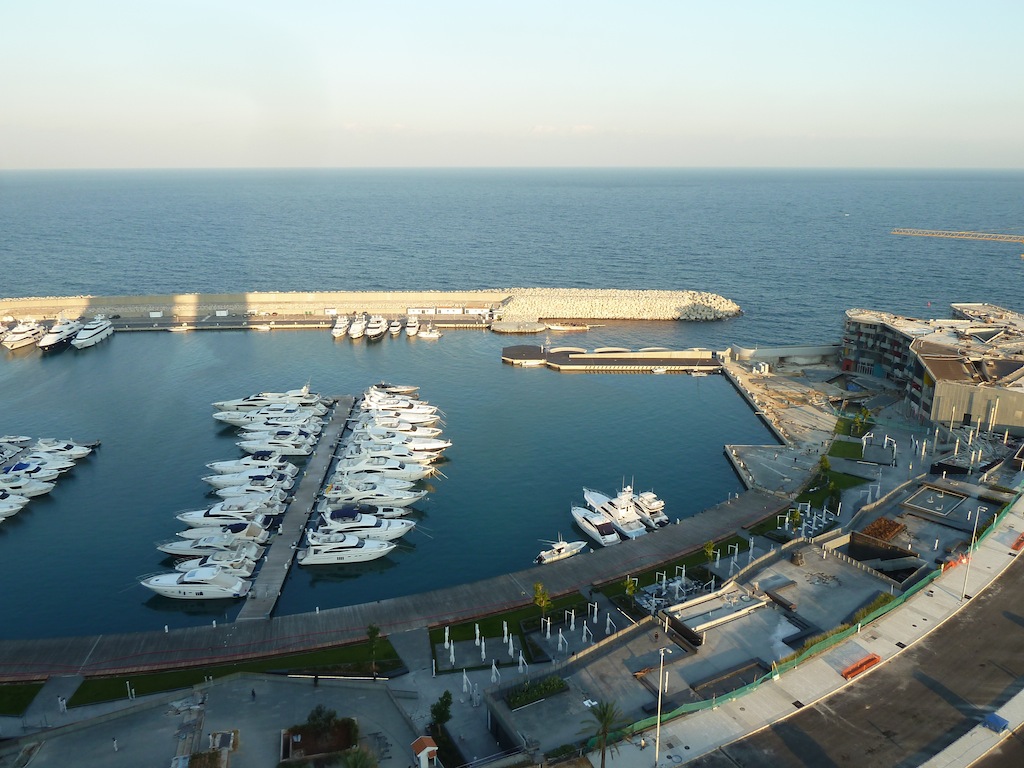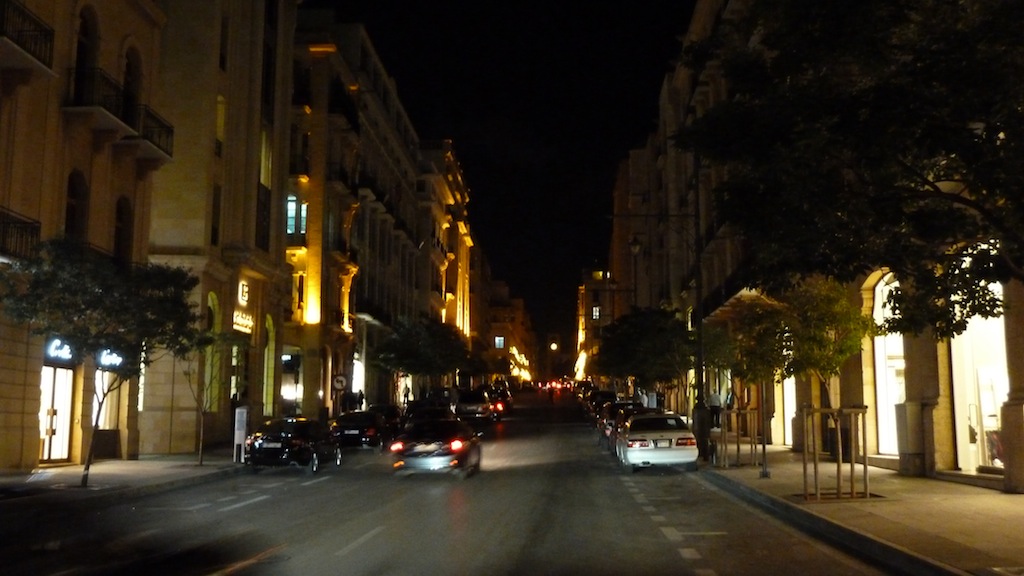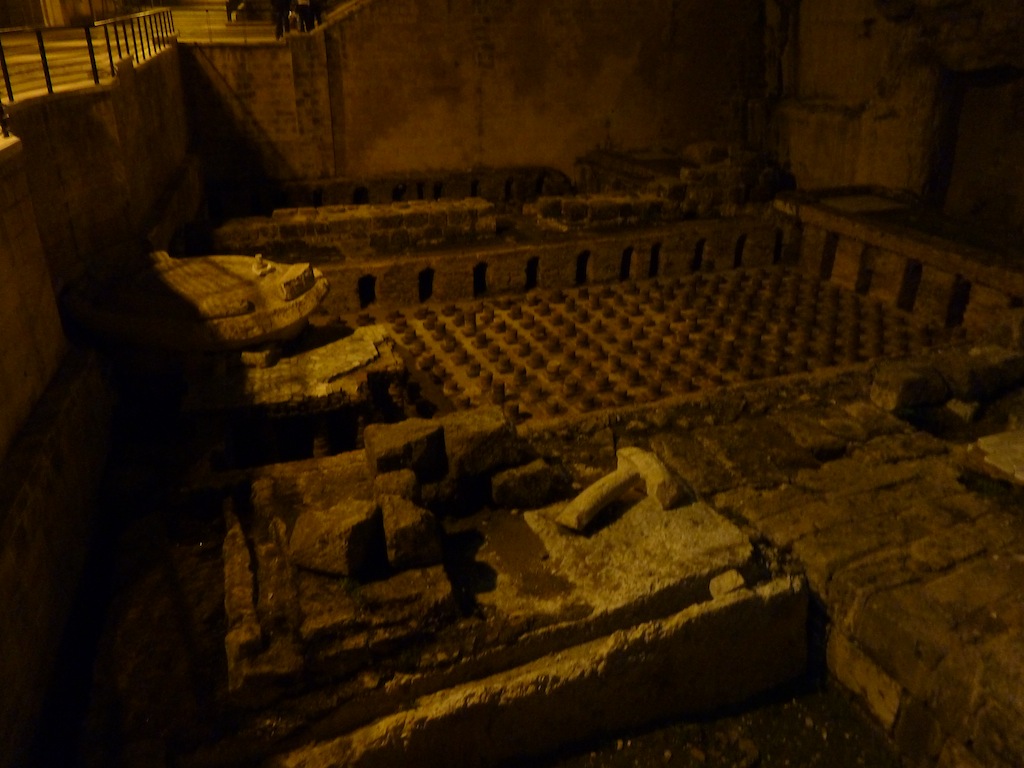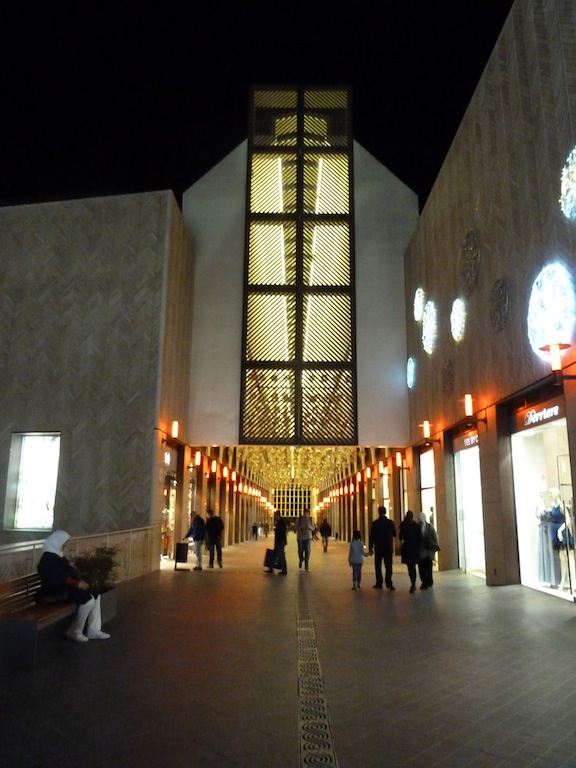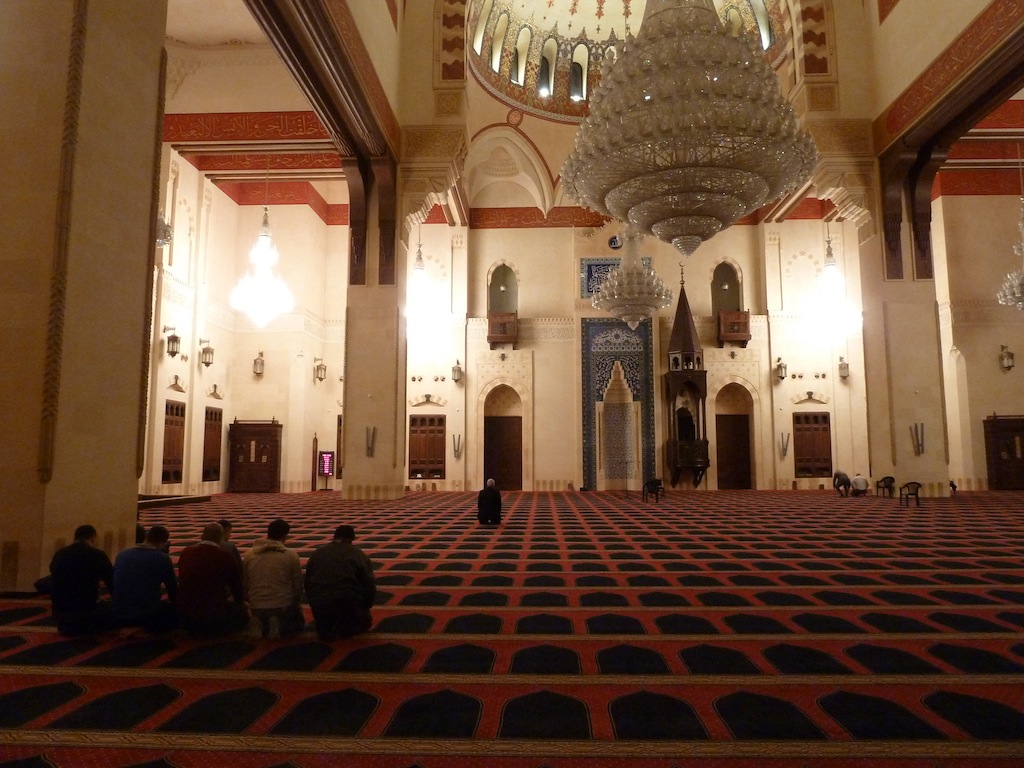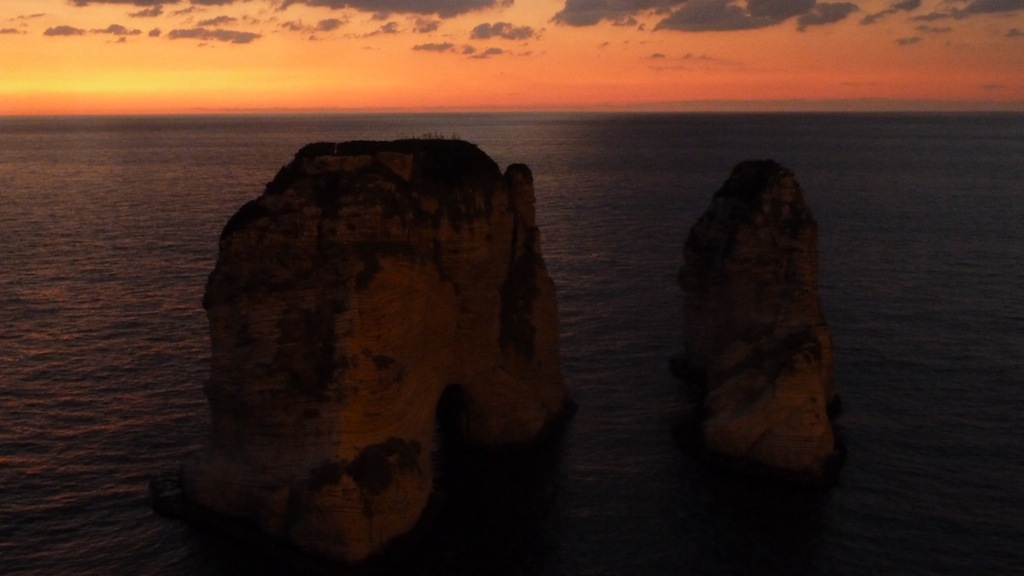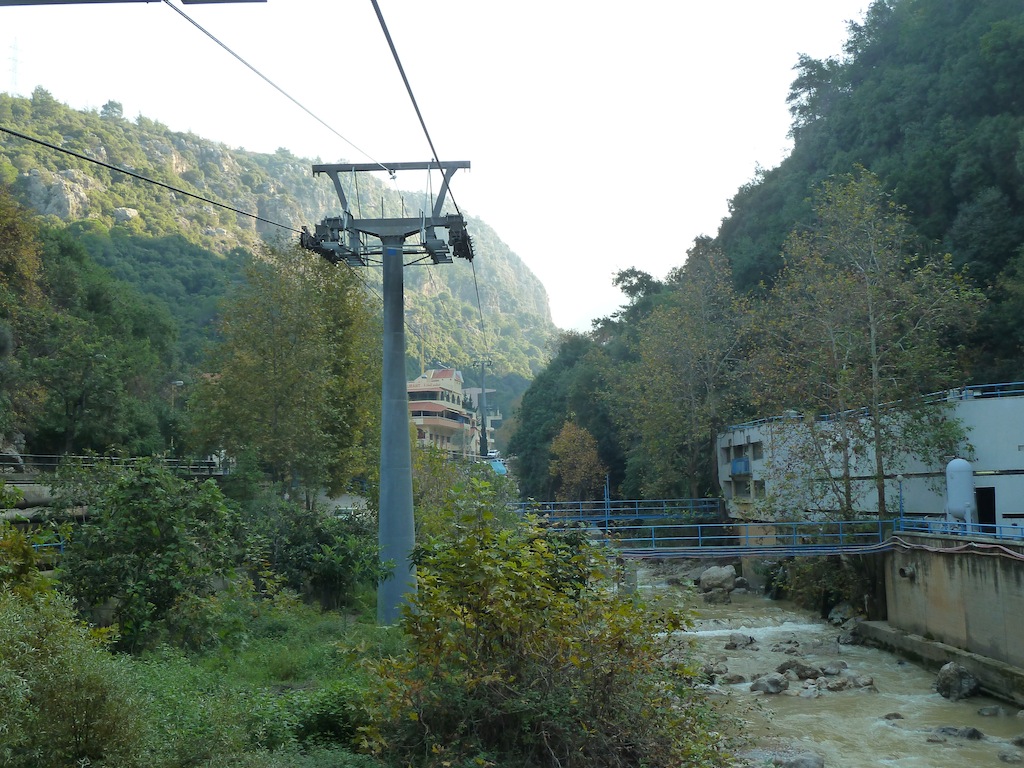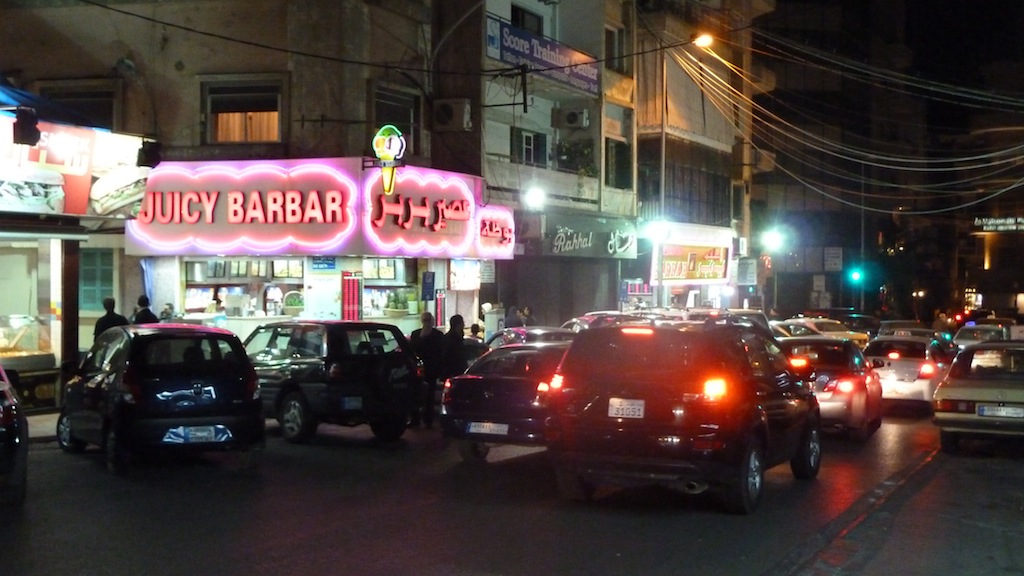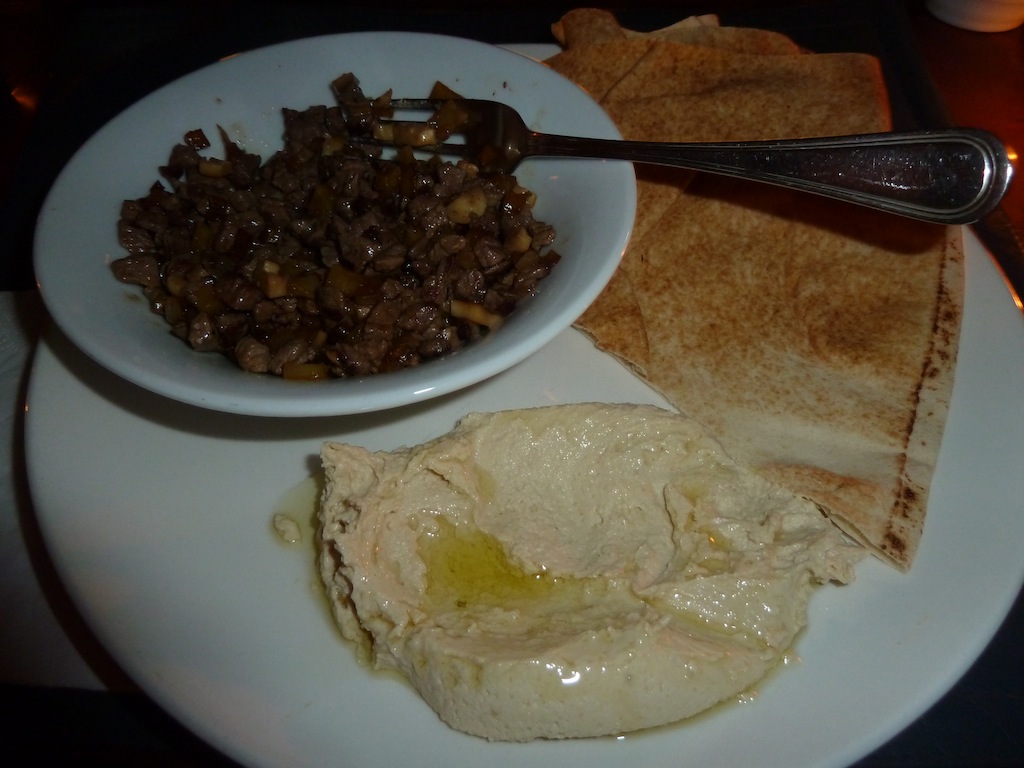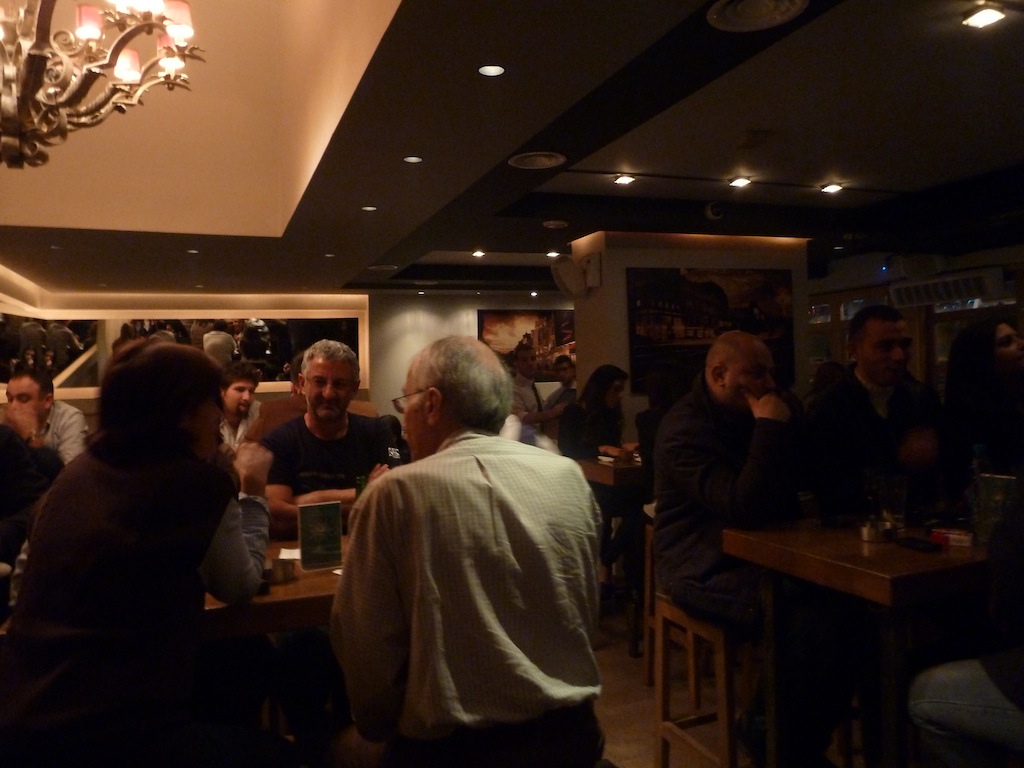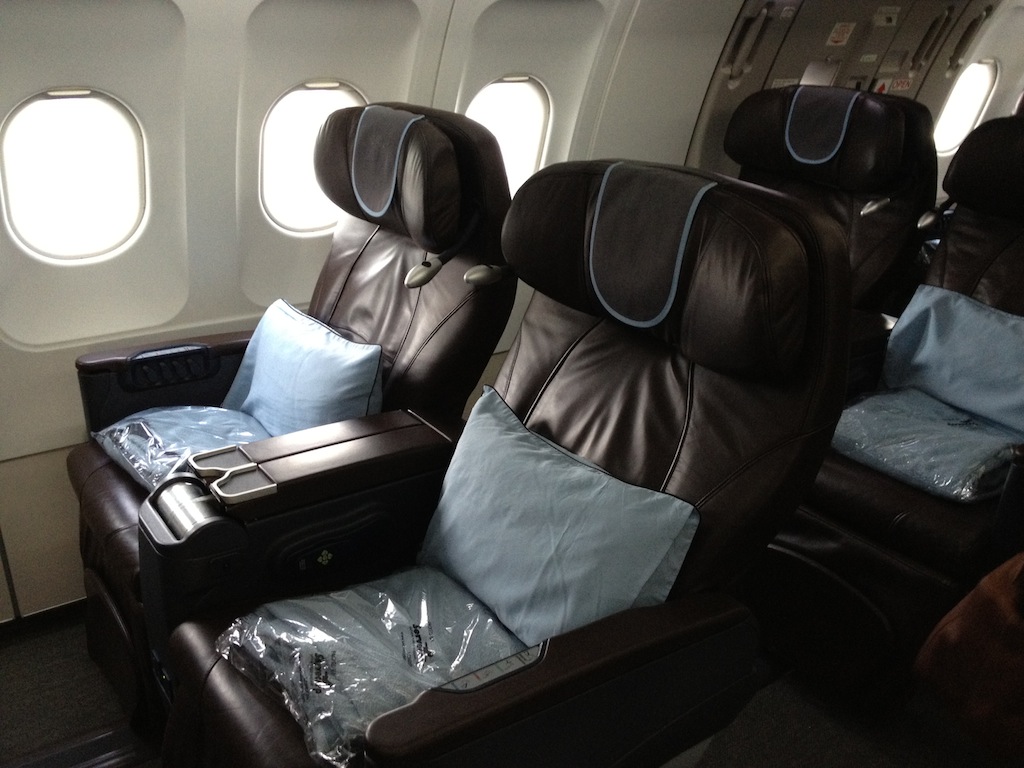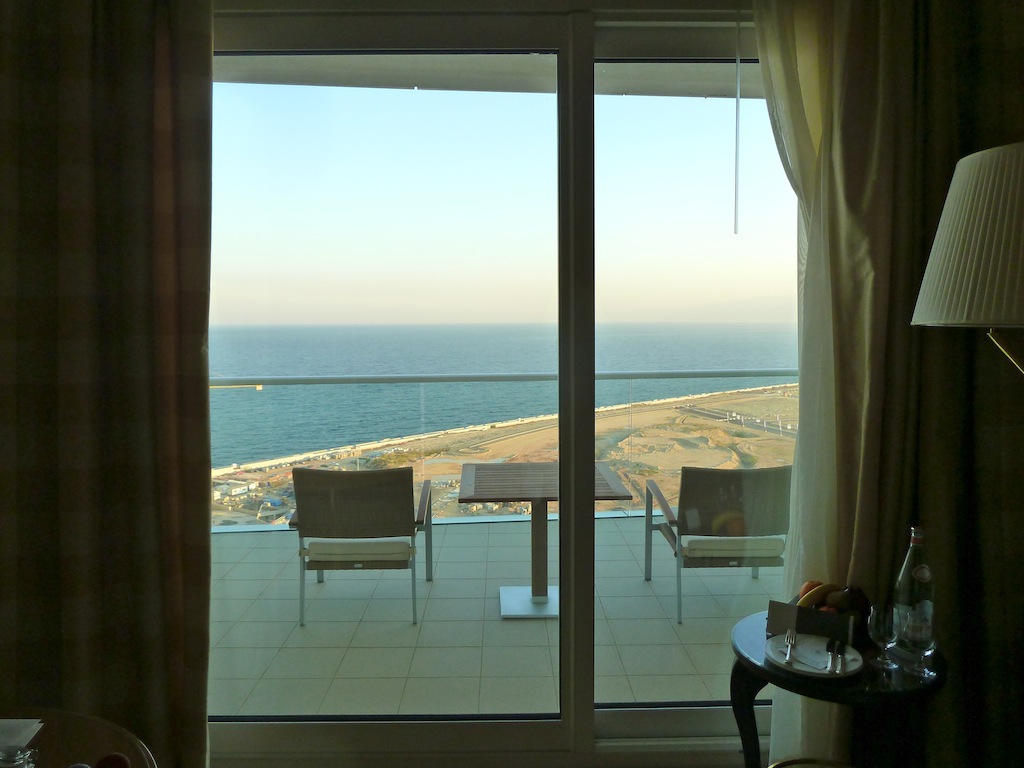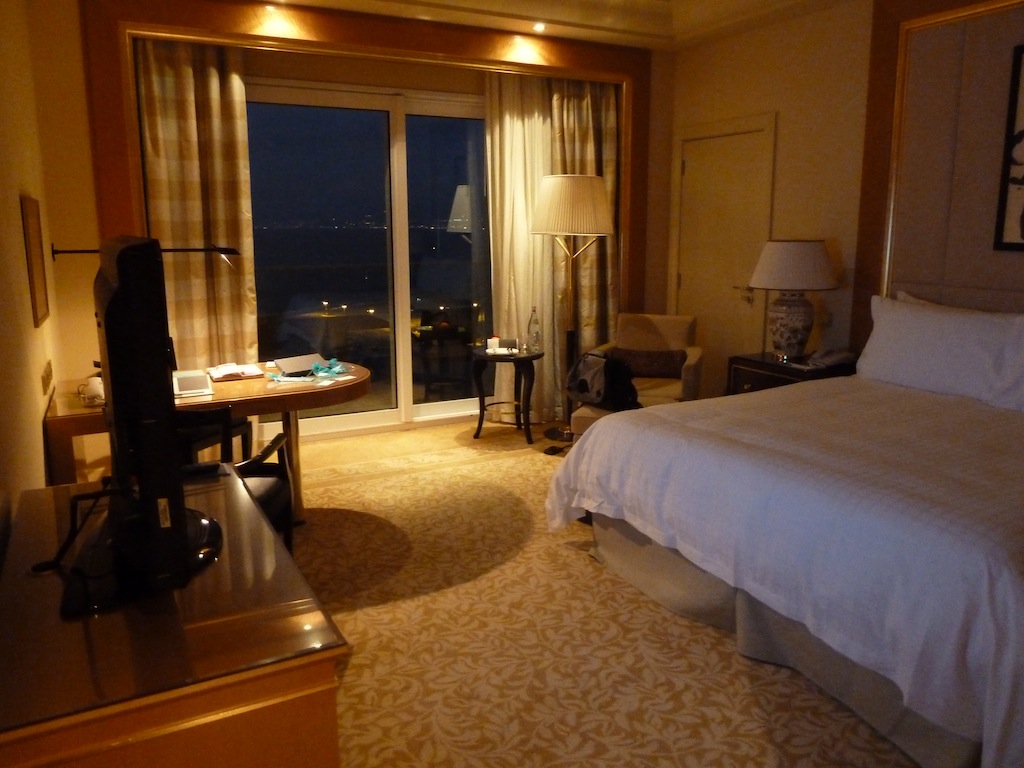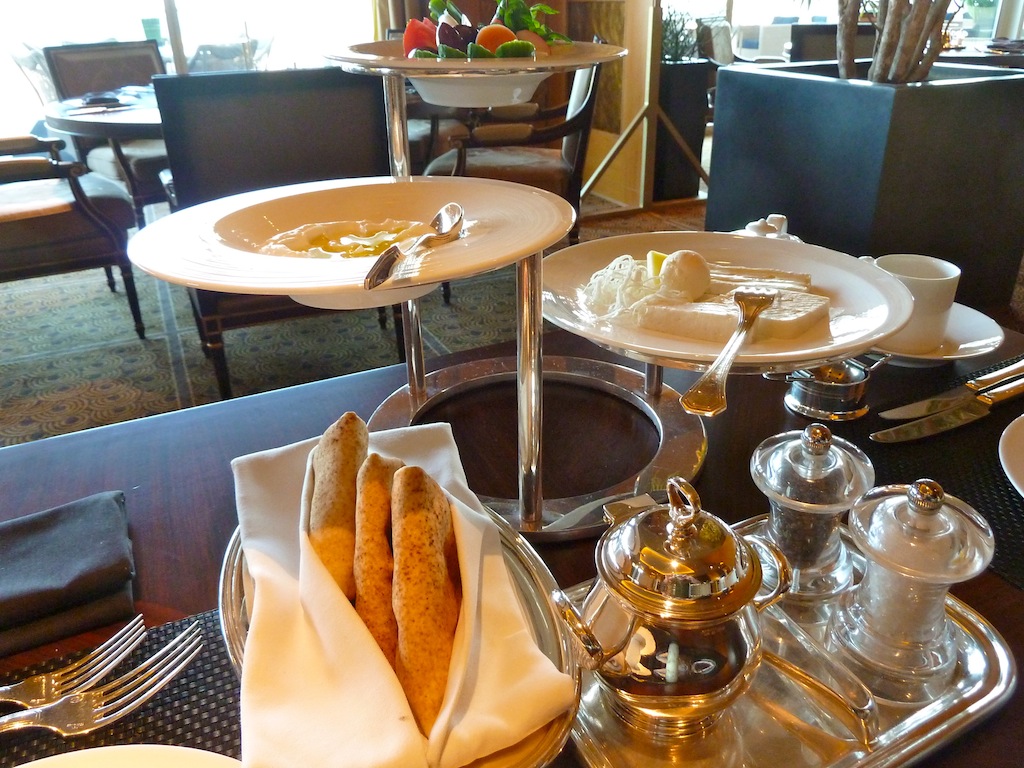Beirut is European style and sauve meets Middle Eastern tradition, hospitality and natural beauty. A country that has seen more than its fair share of turmoil in the past, it’s risen from the shadows to become a safe, exciting Mediterranean city that stands on its own in the region.
When I received an amazing opportunity to visit Beirut with bmi, I couldn’t wait to get over there.
With Lebanon’s religious make-up consisting of 60%Â Muslim and 40%Â Christian, it’s a country in the region that stands on its own two feet with its own special identity, rugged countryside and gorgeous coastline to explore.
Things to See and Do
Beirut is a city with a mash of different cultures all living harmoniously in one very densely populated city. Mosques and churches exist side by side in a fog of shisha smoke, car exhaust fumes and thoughts of “wait, I can drink beer here? And I’m still in the Middle East?”. Oh yes my friend.
The thumping nightlife that supports this teasing thought will keep you powering on till 3am, and that kebab you usually go lusting after will be replaced with the real deal, a Lebanese shwarma. Prepared by a bloke that has been doing it long before the word “doner” even existed in Britain.
Downtown Beirut
As the jewel in this very cosmopolitan city, the downtown area is the nicely maintained, recently built part of Beirut adorned with fashionable boutiques, the Government quarter and the most important mosques and churches.
By deviating one block back off the main streets, ruins of Roman baths can be found excavated right next to brand new developments, highlighting the historical significance of this city.
As you wander around, you’re constantly honked at by taxis who jump to the conclusion that you’re crazy to be walking around the city. You can gaze into some of the lavishly appointed accessory stores, aimed at rich Emirati wives looking for a way to show their wealth with diamond encrusted high heels and leather handbags worth thousands of dollars.
Beirut Souks
Built on the site of the original souks in Beirut, the Beirut Souks shopping mall has recently become the number 1 shopping destination in the city. Maintaining the casual open-air experience of a traditional Middle Eastern souk, it’s a great way to ease into the city before delving deeper into the neighbourhoods and more hectic markets dotted around Beirut.
Al-Amin Mosque
Without a doubt the most iconic landmark in the skyline, the Al-Amin Mosque is one of the newer Muslim places of worship in the city and to say that it is of significance is an understatement and a half.
Creating an imposing profile from all angles, the mosque is lit up brightly at night and the four minarets tower over the blue domes like watchmen standing guard over a prized possession.
If you’re a guy, you can take off your shoes and go for a wander inside and really get a feel for the sheer size of this mosque. The silence really creates an atmosphere that fosters self-reflection and contemplation.
Pigeon Rocks
A natural attraction in Beirut on the coastline, the Pigeon Rocks are named so because of the people that dive off the rocks and into the ocean looking like pigeons when they make the perilous jump.
Not exactly something worth getting super excited over, but worth the short taxi ride over to the busy area near the American University in Beirut (AUB) to check it out for yourself and drink in the atmosphere around it.
Jeita Grotto
Quite an experience this one. The Jeita Grotto is made up of an upper and a lower grotto of cavernous cathedral like spaces inside the mountain that have been carved out by an underground river over tens of thousands of years.
The upper grotto consists of a suspended walkway that starts off level with the floor of the cavern, before dropping away below you revealing a deep void below and opening up above you to become almost 150 metres from top to bottom in the deepest parts.
The lower grotto is a different story altogether. It’s flooded with the underground river responsible for creating the caverns and can only be explored by boat. You get punted deep up the river for about 5-7 minutes to observe the high ceilings of the naturally formed sculptures above before returning safely to dry land.
You take a cable car up the valley to the upper grotto first, then you can either walk down or take the cheesy motorised train down to the lower grotto. Don’t bother with the “sound and light theatre” as it’s just a bunch of still photos put to music.
Unfortunately I didn’t get any photos inside the grottoes as the authorities are SUPER sensitive about cameras/camera flashes damaging the stalactites/stalagmites. 🙁
Byblos
Located 37 km north of Beirut, the ancient site of Byblos is absolutely teeming with thousands of years of history and makes for a great half day trip out of the chaos of the city, commonly paired with the Jeita Grotto. Everything from Phonecian, Roman, Crusader era and Ottoman history settlements have been unearthed here.
Inhabited since 6000 BC, Byblos is one of the only continually human occupied cities on earth and one of the rare sites where all periods of human history are represented. Pretty epic.
Food and Drink
Now, onto the glue that will piece together your perfect weekender in Beirut. An urban culinary treasure chest awaits you of tabbouleh, hummus, the local Almaza beer and flatbread.
The two main places to hit up for bars and restaurants in Beirut are Gemmayze and Makdissi St in Hamra. Here are a few of my favourites for you to explore.
Gemmayze
Located just Martyr’s Square and the Al-Amin Mosque, Gemmayze is a neighbourhood of bars and constantly changing restaurants. I’ve recommended just a few below for you to try out in this area known for its French colonial architecture.
Bar Louie
A (very) smoky bar with stained glass windows and high ceilings, Bar Louie is packed wall to wall with locals and sustains a very friendly vibe all night long with ease. Live bands are the fixture here, playing jazz and blues into the wee hours and creating a frenzy on the dancefloor of smiling faces.
Grab yourself a cheap local Almaza beer and hit the dancefloor to get your groove on. When there’s a live band playing, $10 USD will be added to your bill, but the bands are wicked and always up for audience involvement (when we went, a random blonde chick got on stage and belted out a number with the band!).
Dragonfly
Opened in 2004, Dragonfly is the kind of bar with confident attitude you’d find tucked away in Shoreditch in London or a back alley in Melbourne. The staff are super laid back, make some cracking cocktails and are always up for a bit of banter and to find out where you’re from.
Bookshelves line the walls and pot plants hang from the ceiling in this shoebox of a bar on the main drag of Gemmayze. There’s even an old 70’s TV (you know the ones with wood panelling on the side?) in the corner playing a video of a roaring fire to keep you company till close at 3am.
Makdissi St (Hamra)
Once you’ve mastered Gemmayze, head here for the next level of Beirut nightlife. In Hamra, you can find the right watering hole for any kind of night out and then polish it all off with some local street grub.
One of the hottest places in Beirut to go out is Makdissi St in Hamra. It’s dotted with quiet haunts, tiny little bars down laneways heaving with people and exploding out onto the street and even a shisha cafe or two.
DePRAGUE
This dimly lit lounge is a favourite with students. With cheap meals, free wifi till 8pm and a very low key atmosphere, there’s a clear reason why. The menus are made of old A5 sized ring bound notebooks with metal covers and handwriting, adding that industrial feel to your ordering experience.
All the tables, couches and armchairs are vintage and the walls are adorned with local art and shelves filled with old books and records. This feels more like a rich former French colonial fat-cat left his rumpus room in the middle of Hamra for you to drink beer in.
The food menu features an extensive mix of traditional Lebanese food with influences from around the world. During my visit, I tried the Beef Beyrouthie (above) – beef mince with onion, tomato and lemon juice, flat bread and hummus. Cost – 14,0000 LL.
MAIN St
A far cry from DePRAGUE – this place is modern, features clean lines and a big open frontage. Entering in off the street, this bar feels more like it’s been forklifted from downtown Chicago than a street in the neighbouring country to Syria.
Social upright stool seating greets you inside, ideal for perching up with a few mates for a round or two while you scope out the following day’s activities on the free wifi (ask for login).
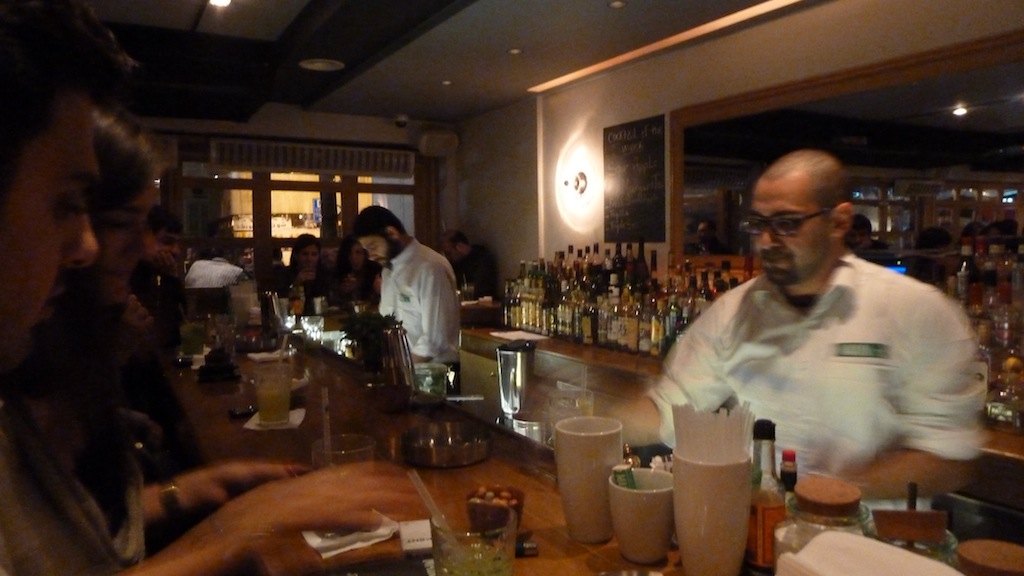
MAIN St features a ma-hoosive bar, easily capable of whipping up any cocktail you can think of. The cheery bar staff all speak Grade A English, and will surely talk you into trying their renowned Espresso Martini. The DJ lays out jazz inspired Arabic and pop music while you slowly empty out the small bowl of complimentary mixed nuts that accompany your drink, a standard custom in Lebanon.
How to get there
bmi fly twice daily to Beirut, making them the best choice to get over to the Lebanese capital and explore the country. Fares start at £409 GBP and are non-stop, taking just under 5 hours from London Heathrow.
And if you’ve got the dosh, bmi’s business class service is a great way to make the journey that much more comfortable with dedicated check-in, lounge access in Heathrow and all the perks onboard. Check out their mega luxurious seats in the A321 cabin, perfect to recline in and get a few hours sleep before launching yourself upon Beirut.
A bit of orientation
Here’s a handy map laying out all the sights mentioned above to give you an idea of where things are in Beirut. Click on the markers to see the sight listed and zoom and pan around to see more of the map.
View 48 hours in Beirut in a larger map
Get around in Beirut
Beirut has no metro or rail system of any kind and a bus system best left to the locals, making a taxi the only real option for getting around. The good news is that they’re cheap and plentiful, but do make sure you bargain with the driver and agree on a price before getting in.
Where to stay
After a heavy day of schlepping around Roman ruins and eating hummus, you need a comfortable, inviting place to come home to. The Four Seasons Beirut makes for the ideal way to forget the pavement you pounded or the ruins you scaled by relaxing in their spa, lounging around the rooftop pool or just taking in the view from the balcony in your room.
Each room is lavishly appointed with soft lighting and modest furnishings, and no attention is spared in the detail. The beds (and let’s face it, this is the most important part of a hotel room) are cushy, soft and take care of you real nice until it’s time to up and at it again the next morning.
Before venturing out into the sunshine each day, make sure you take advantage of the sumptuous breakfast on offer at the Four Seasons which always includes a spread of labneh with cheeses, hummus and flatbread.
Budget
Lebanon’s official currency is the Lebanese Pound (or Lira, abbreviated to LL), but most places will accept USD also and give you change in LL.
At time of writing, £1 GBP = 2,353 LL and $1 USD = 1,505 LL.
A beer will set you back about 5,000 LL and most meals are around the 14,000-20,000 LL mark.
An important thing to note about cash is about being quoted on price. Always make sure when you’re quoted a price (from a taxi driver for example) that you clarify whether that price is in USD or LL. Always clarify whether “twenty-five” means 25,000 LL or $25 USD.
Conclusion
Being so isolated yet so influenced by Western and Arabic cultures, I visited Beirut with a fully open mind. I wasn’t expecting total seclusion nor was I expecting out-and-out displays of liberalism.
What I found was a country of friendly people, incredible food and so much significant history that you can cover the entire evolution of man just in this one stretch of the Mediterranean coastline. Coupled with the good weather, it makes Beirut a rewarding destination for a long weekend in the Middle East.
